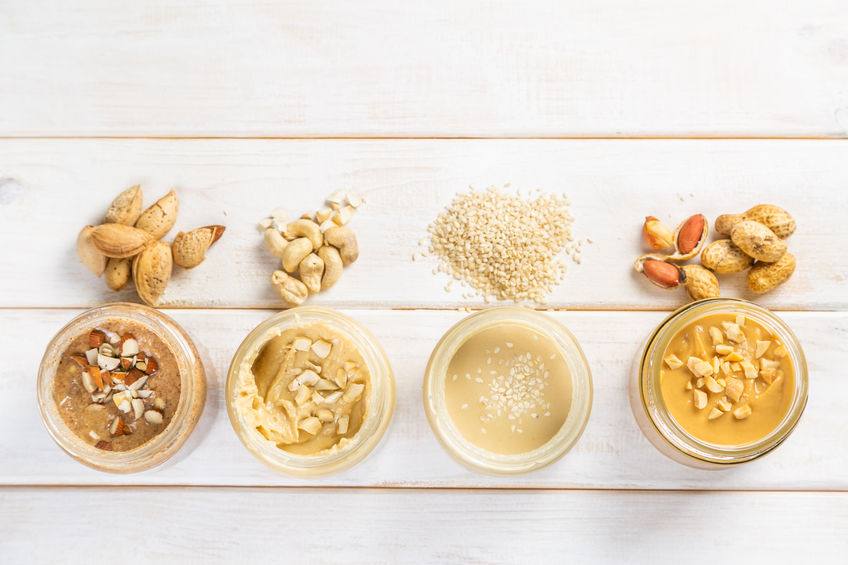Peanut allergies are no joke, as anyone who has ever experienced or witnessed an allergic reaction, particularly an anaphylactic reaction, to tree nuts or peanuts can attest.
Yet, in the U.S., peanut allergies appear to have quadrupled in the last 13 years. Tree nut allergies have also increased, not just among children in the U.S., but also in the U.K. and Australia. Why is that, and what can parents do to protect their children? A surprising answer is causing many doctors to rethink how we approach nut allergies.
For decades, American parents have been vigilantly protecting their babies from a ubiquitous threat: peanuts, a top cause of anaphylaxis (a severe allergic reaction) and death due to food allergies. Some airlines prohibit passengers from eating peanuts. Many schools have banned peanuts as well as tree nuts in school lunches.
Up until 2008, guidelines from the American Academy of Pediatrics urged parents to avoid exposing their infants to peanuts until they reached the age of 3. But research has cast that recommendation into doubt. A report in The New England Journal of Medicine showed that infants who ate peanuts were 81 percent less likely to have a peanut allergy by age 5.
But, if you or your child has a true peanut allergy, there are now many alternatives to the peanut butter and jelly sandwich.
Peanut Allergies and Healthy Alternatives
Peanut allergies can be avoided by using a substitute spread. Recently food manufacturers have created quite a few nut-free alternatives to peanut butter.
They include spreads made from sunflower seeds, pumpkin seed butter, chickpea spread, soy nut butter, and sesame seed butter (tahini). But, be aware that soy, like peanuts and tree nuts, is one of the top eight allergens, and sesame seed allergy is fairly common.
- Chickpea butter spread. A few companies make a spread from chickpeas (garbanzo beans), typically with added oil (olive, palm, safflower, or coconut oil) and a little salt and sugar. It’s lower in calories and fat than peanut butter, but it also contains less protein. The Amazing Chickpea comes in creamy, crunchy, and chocolate flavors. The chocolate version has 9 grams of added sugar (about two teaspoons) per 2-tablespoon serving, compared to 21 grams of sugar in Nutella, most of which is added. Chixi comes unsweetened, lightly sweetened, and in vanilla bean flavor.
- Pumpkin seed butter. This green-hued spread has a similar calorie, saturated fat, and fiber content to that of peanut butter, but it’s a little higher in total fat and lower in protein. It shines when it comes to magnesium (30 percent of the Daily Value per 2-tablespoon serving) and it’s an excellent source of iron and a good source of zinc.
- Sesame seed paste. Also known as tahini, this creamy paste is made from sesame seeds are either lightly roasted or kept raw before grinding. Tahini is commonly used in Middle Eastern cooking to flavor hummus and other traditional dishes, but it can also be used in sandwiches or on toast.
- Soynut butter. This spread tastes somewhat like peanut butter, and one of the more popular brands, WOW, has a similar fat, protein, and fiber content. It also contains a little soy oil and palm oil (as a stabilizer) and 100 milligrams of sodium per 2-tablespoon serving. Soy has gotten a lot of press over the years—some good, some bad—but no one has ever quibbled with the fact that it’s a great source of protein and heart-healthy fats.
- Sunflower seed butter. This spread is also similar to peanut butter in terms of flavor and texture, and it’s relatively easy to find in large grocery stores. A popular brand comes in several varieties, including natural, creamy, crunchy, organic, and no sugar added. Sunflower seed butter contains less total and saturated fat than peanut butter and it’s an excellent source of magnesium.
Click here to read full article about peanut allergies and substitutions.






